The Ultimate Guide to Peper Corn: A Spice Enthusiast's Dream
Table of Contents
- 1. Introduction to Peper Corn
- 2. The Different Varieties of Peper Corn
- 3. Buying Guide for Peper Corn
- 4. Practical Tips for Using Peper Corn
- 5. Comparison Table: Peper Corn vs Other Spices
- 6. Fun Facts About Peper Corn
- 7. Conclusion
1. Introduction to Peper Corn
Welcome, spice lovers! Today, we're diving into the world of peper corn, a staple in kitchens around the globe. Whether you're a seasoned chef or an amateur cook looking to enhance your culinary skills, peper corn is one of those essential spices that adds depth and character to any dish.
Peper corn expands on the palate with its sharp yet balanced flavor profile. This tiny spice packs a punch, but it’s versatile enough to work seamlessly in both savory and sweet recipes.
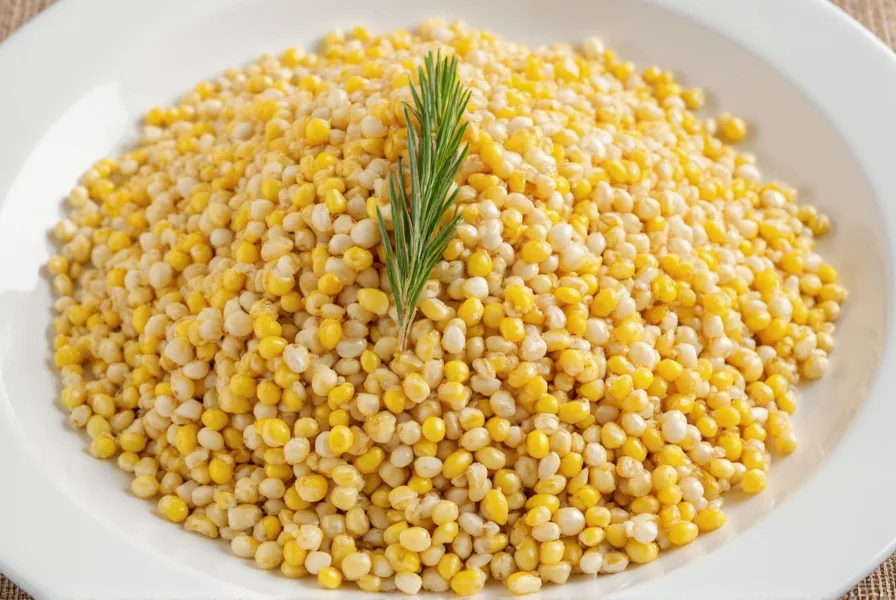
2. The Different Varieties of Peper Corn
Not all peper corns are created equal. Here's a breakdown of the most common varieties:
- Black Peper Corn: Known for its bold, earthy flavor, this variety is ideal for marinades and hearty dishes.
- White Peper Corn: Subtler than black, white peper corn is perfect for light-colored sauces and soups.
- Green Peper Corn: Fresh and tangy, green peper corn adds a zesty kick to salads and garnishes.
- Red Peper Corn: Rare but delightful, red peper corn has a fruity aroma and works well in desserts.
3. Buying Guide for Peper Corn
Selecting the right peper corn can make all the difference in your cooking experience. Here's what you need to know:
Features to Look For
- Freshness: Opt for whole peper corns over pre-ground ones to ensure maximum flavor.
- Origin: Consider where the peper corn was sourced from, as this affects taste and quality.
- Packaging: Choose airtight containers to preserve the spice's potency.
Advantages
- Enhances the flavor profile of any dish.
- Rich in antioxidants and health benefits.
- Versatile enough for a wide range of cuisines.
Use Cases
- Grind fresh black peper corn over steaks for a classic touch.
- Add white peper corn to creamy pasta sauces for a refined finish.
- Infuse green peper corn into vinaigrettes for a refreshing salad dressing.
Target Audience
- Chefs seeking premium ingredients.
- Home cooks experimenting with new flavors.
- Gourmet food enthusiasts.
Suitable Occasions
- Everyday meals.
- Special dinner parties.
- Holiday feasts.
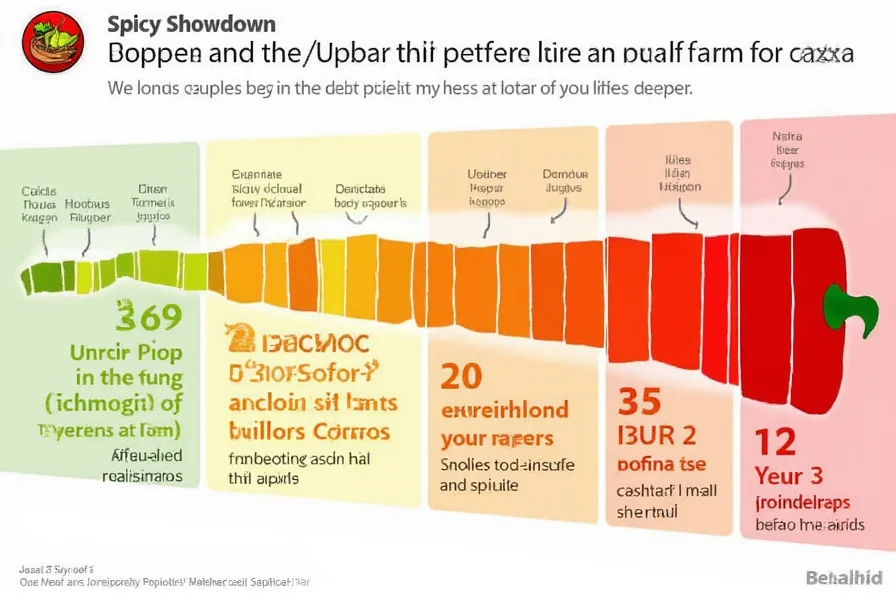
4. Practical Tips for Using Peper Corn
To get the most out of your peper corn, here are some practical tips:
- Store peper corn in a cool, dry place away from direct sunlight.
- Grind peper corn just before use for optimal freshness.
- Experiment with different varieties to find your favorite.
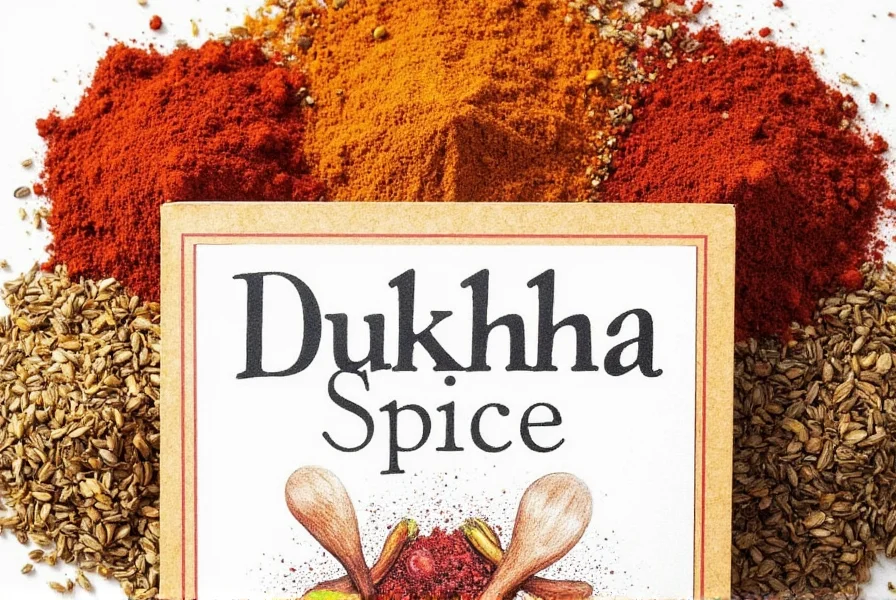
5. Comparison Table: Peper Corn vs Other Spices
| Spice | Taste Profile | Best Uses |
|---|---|---|
| Peper Corn | Sharp, earthy, slightly sweet | Marinades, soups, desserts |
| Cinnamon | Sweet, warm, aromatic | Baking, spiced teas |
| Cumin | Nutty, smoky, earthy | Mexican, Indian, Middle Eastern dishes |
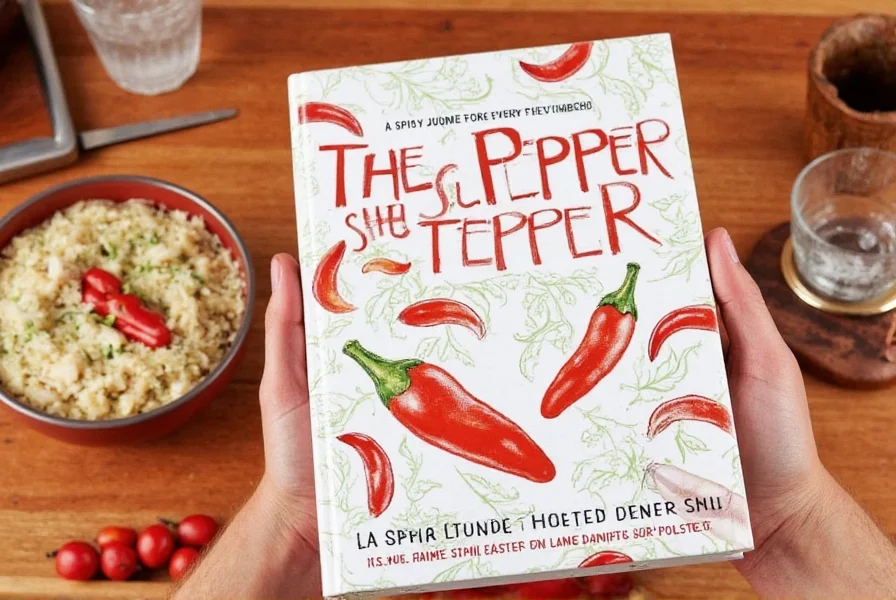
6. Fun Facts About Peper Corn
Did you know?
- Peper corn was once used as currency in medieval Europe.
- It’s the world's most traded spice by volume.
- Peper corn contains piperine, which enhances nutrient absorption in the body.
7. Conclusion
In conclusion, peper corn is more than just a spice—it's a culinary powerhouse that elevates every dish it touches. By understanding its varieties, buying the best quality, and incorporating it creatively into your cooking, you'll unlock a world of flavor possibilities. So go ahead, grab a jar of peper corn, and start spicing up your life!

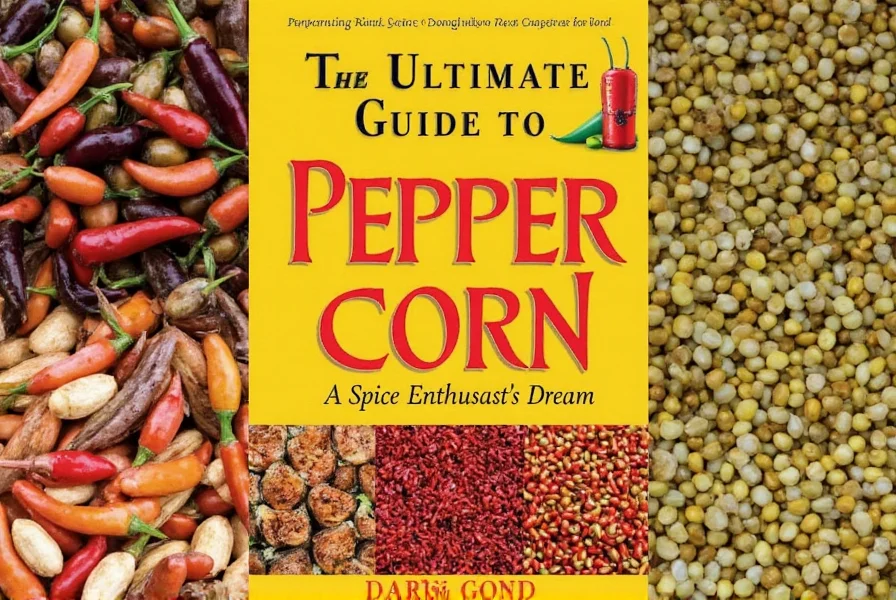









 浙公网安备
33010002000092号
浙公网安备
33010002000092号 浙B2-20120091-4
浙B2-20120091-4